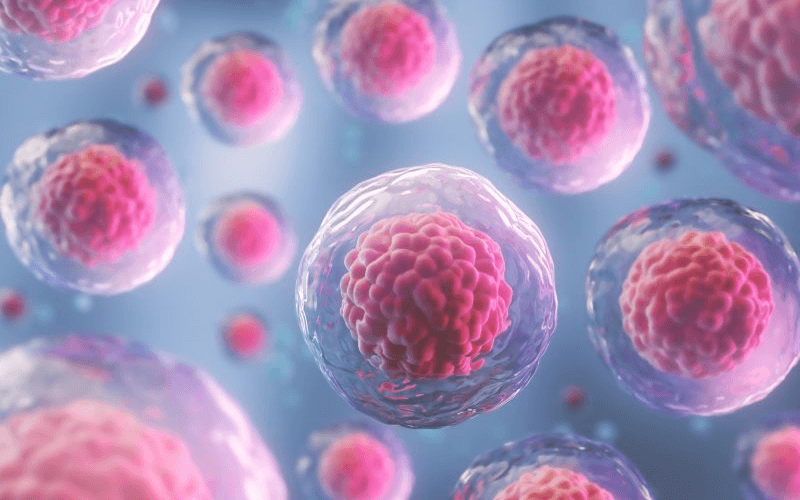Ageing is an inevitable part of life, yet some species are ageing very differently than others, even than very similar ones. Naked mole rats for example, an east African rodent of a size comparable to moles or mice, show a strongly delayed process of ageing and live up to 30 years. Scientists from Russia, Germany and Switzerland now confirmed a mechanism in mouse, bat and naked mole rat cells -- a "mild depolarization" of the inner mitochondrial membrane -- that is linked to ageing: Mild depolarization regulates the creation of mitochondrial reactive oxygen species (mROS) in cells and is therefore a mechanism of the anti-ageing program. In mice, this mechanism falls apart at the age of 1 year, while in naked mole rats this does not occur until ages of up to 20 years. This newly confirmed mechanism is described in detail in a paper published in the Proceedings of the National Academy of Sciences.
Mitochondrial reactive oxygen species (mROS) such as hydrogen peroxide are by-products of cell respiration and, in higher doses, associated with various diseases and ageing processes. There are different mechanisms at the inner and outer mitochondrial membranes that regulate the mROS production. Key function of cell respiration is energy production in the form of ATP (adenosine triphosphate) through coupling of mitochondrial respiratory chain complexes with ATP synthase. Different mitochondrial intermembrane space enzymes (hexokinases I + II and creatine kinase) have now been confirmed to slightly lower the membrane potential of the inner mitochondrial membrane ("mild depolarization"). This means that the differences in the electric load between the inner and the outer space of the mitochondria are lowered and the energy production through ATP synthesis is reduced to some extent. At the same time this leads to the cessation of mROS production. "The proof of this effect is implying that mild depolarization is a mechanism of the anti-ageing program, effectively slowing down ageing processes in the cell," says senior author Vladimir Skulachev (Lomonosov Moscow State University).
The research team was able to show that both biochemical mechanisms do not operate in the same intensity and efficiency in different species and tissues and at different ages: The researchers examined the hexokinases I + II and creatine kinase mechanisms in various tissues (lung, kidney, brain, skeletal muscles, heart, and others) in mice (Mus musculus), naked mole rats (Heterocephalus glaber), and Seba's short-tailed bats (Carollia perspicillata). They found interesting differences: Mild depolarization significantly starts decreasing after 1 year of age in mice with negligible levels after 24 months in skeletal muscles, diaphragm, heart, brain, and spleen. In lung and kidney tissue, mild depolarization decreases to a lesser extent with ageing. "The crumbling of the anti-ageing program in the cells starts after only a third of the average life span in mice, while the naked mole rats and Seba's short-tailed bats maintain mild depolarisation and hence the suppression of mROS production up to high ages," explain co-authors Thomas Hildebrandt and Susanne Holtze from the Leibniz Institute for Zoo and Wildlife Research (Leibniz-IZW). "This contributes to the extraordinary longevity of these species."

These biochemical mechanisms explain how the ageing and the anti-ageing programs within cells function and are regulated. However, it has not yet been determined where and how these processes are activated and controlled. "The master biological clock has not yet been identified," says lead author Mikhail Vyssokikh (Lomonosov Moscow State University). "We suspect it to be located in the suprachiasmatic nucleus of the hypothalamus, which is responsible for the circadian and seasonal rhythms." This question and some other yet unknown components of the ageing and anti-ageing programs will be targets of high interest for future gerontological investigations.